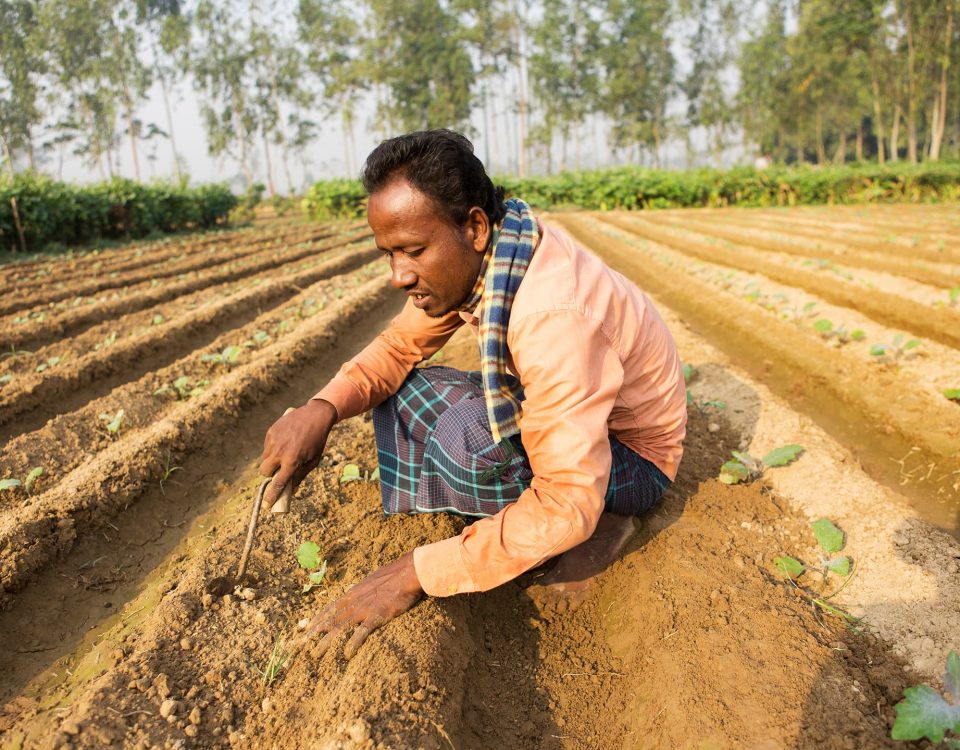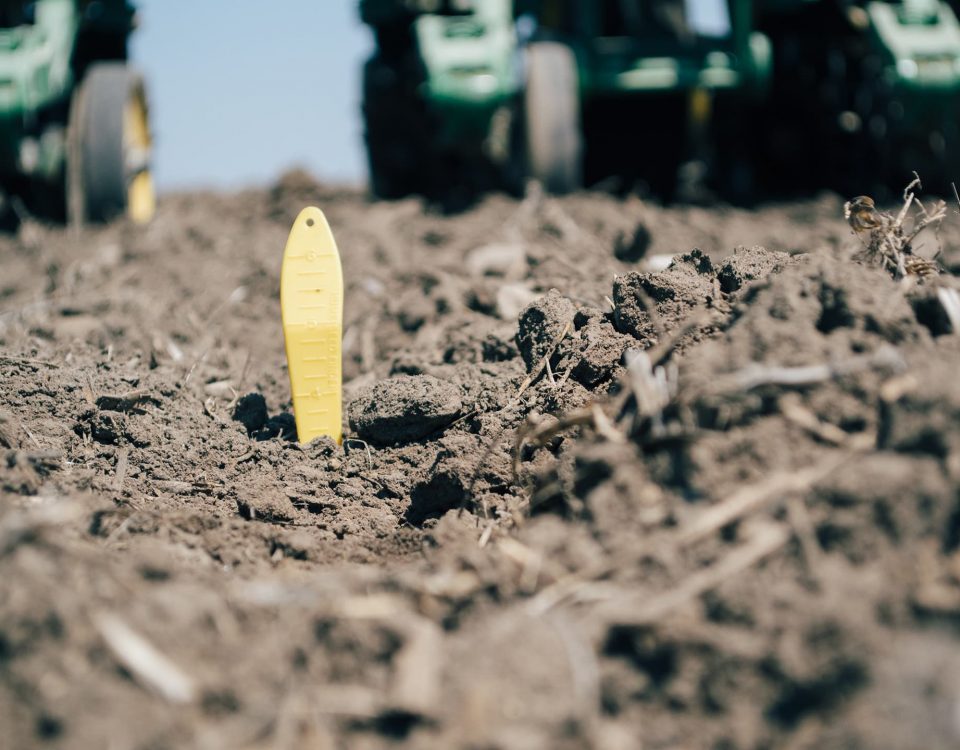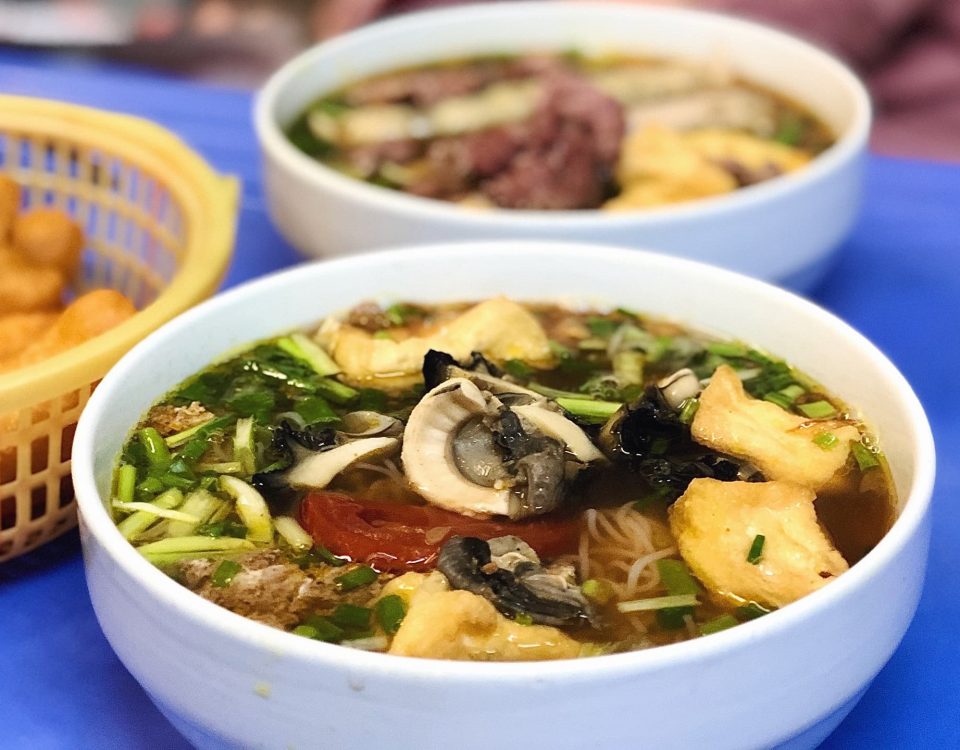Biodiversity

Biodiversity is the variety of all living things on Earth. This incredible wealth of about 8.7 million different species forms an integral part of our environment and livelihoods. Unfortunately, biodiversity is under threat, driven largely by urbanization and the conversion of wild natural habitats to agriculture. However, with the help of biotechnology and crop protection products, farmers can grow more food on the same amount of land – taking pressure of the need to convert natural habitats into farmland.
If higher yielding biotech crops had not been available from 1996-2017, an additional 183 million hectares of farmland would have been needed to maintain global production levels. Forests and other natural habitats can thrive when pesticides are used to control invading plants or insects that threaten native species. Conservation tillage leaves crop stubble in the field, improving habitat and food sources for insects, birds and other animals.
Here are the many ways plant science can offer solutions to problems such as deforestation and climate change threatening global biodiversity:

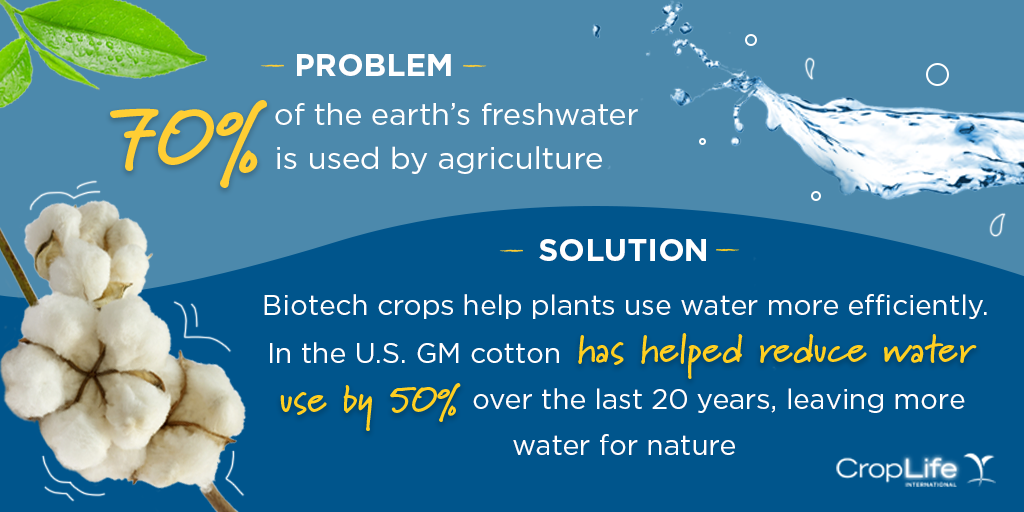
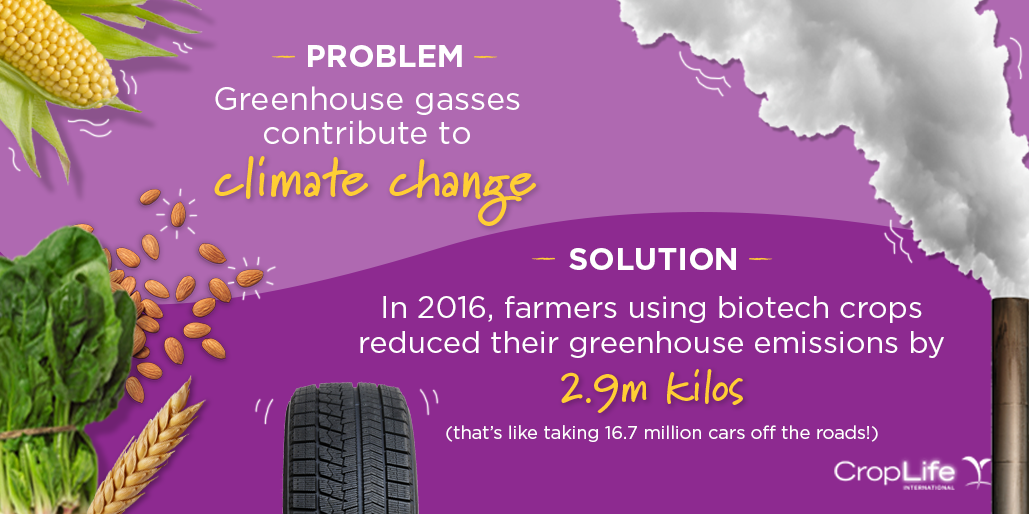

CropLife International, CropLife Asia and the plant science industry is committed to supporting the conservation and sustainable use of biodiversity. Through an international treaty – the Convention on Biological Diversity (CBD) – we are working with governments and other observers to meet the three goals of the CBD: the conservation of biodiversity, the sustainable use of the components of biodiversity, and the fair and equitable sharing of the benefits arising from the utilization of genetic resources. Agricultural innovation poses no threat to biodiversity and provides us with solutions to preserve it.
CropLife Asia is also committed to protecting pollinators. One out of three spoonful of food we eat is dependent on pollination and certain vitamins can be obtained solely from food that depends on pollination. Many crops such as almonds, cucumbers and fruit trees depend on pollinators like honey bees to grow fruit and reproduce. Farmers tasked to produce more food to feed the growing global population are recognizing the importance of bees and some even have beehives placed on their farms to provide pollination for their crops. CropLife Asia works with public and private partners across Asia to promote beekeeping and train farmers to use crop protection products in a responsible manner.
Some of our pollinator initiatives include:
- BeeConnected: CropLife Asia is bringing CropLife Australia’s BeeConnected (http://beeconnected.org.au/page/aboutus) app to the region. BeeConnected connects registered beekeepers with registered farmers and contractors, enabling two-way communication on the location of hives and crop protection product activities so that these interdependent parties can connect with each other
- Madhu Sandesh Project, India: CropLife Asia and CropLife India is partnering with Krishi Vigyan Kendra, Agriculture Development Trust Baramati (KVK Baramati) to promote beekeeping and bee health in the Baramati region of Maharashtra. The Madhu Sandesh project involves:
- establishing an apiary at KVK Baramati: for providing educational opportunities to participants of KVK Baramati’s regular farmer training courses
- providing rental beehives to farmers to pollinate their crops
- cultivating professional beekeepers through providing training and resources to hobbyist and small-scale beekeepers.
- providing a localized version of BeeConnected, the Madhu Sandesh mobile application, to connect beekeepers and farmers.
- Chanthaburi Pollinator Project, Thailand
- The project combined a bee hive rental program with trainings on the responsible use of pesticides to select project farmers in the Thai province of Chanthaburi.
- Highly localized and tailored to a specific species of Stingless bees or “Chanrong” bees, as its name in Thai. These bees are a research interest of the Agricultural Occupation Promotion and Development Center of Chanthaburi due to the relatively smaller radius of areas they fly and pollinate within, allowing better control of bees being in contact with pesticides
Sources:
https://croplife.org/news/biodiversity-problems-plant-science-solutions/
https://croplife.org/news/biodiversity-video/
https://croplife.org/news/safeguarding-biodiversity/
ISAAA 2017 Global Status of Commercialized Biotech/GM Crops

